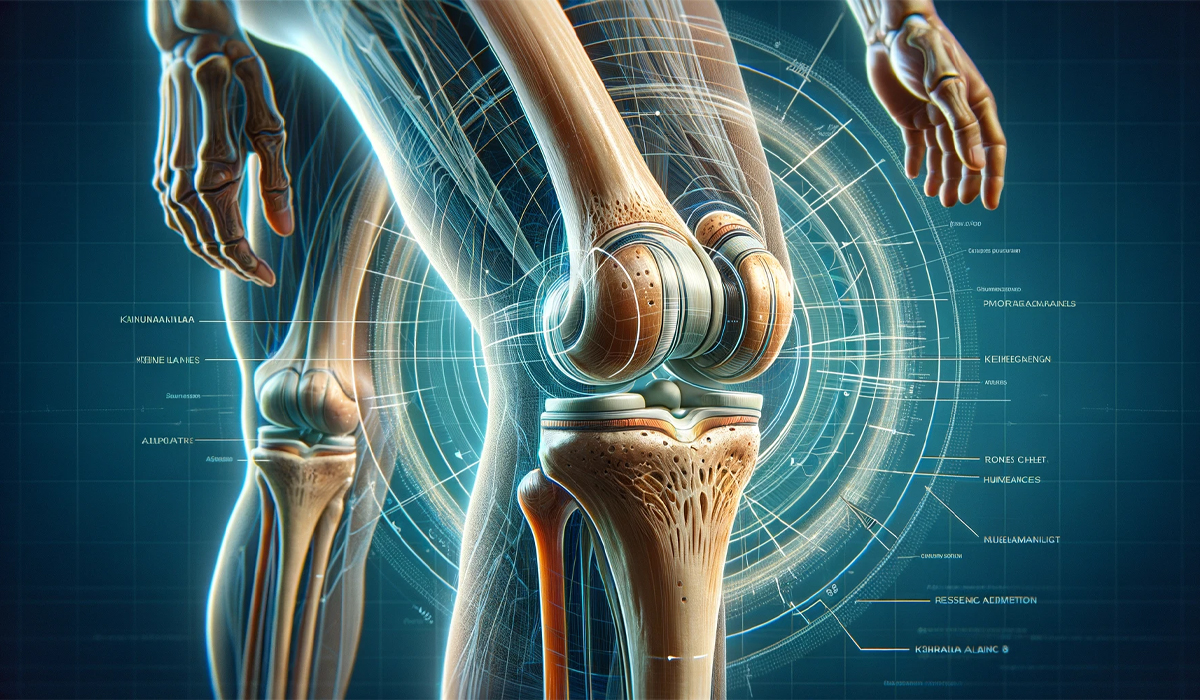ARTICLE SUMMARY:
The gold standard procedure for total knee arthroplasty is mechanical alignment, but it leaves 20% of patients unsatisfied. The Swiss company Medacta is betting on emerging interest in kinematic alignment to differentiate itself from competitors, but the technique remains controversial.
Total knee arthroplasty (TKA) is one of the most common surgical procedures worldwide, with more than 3.8 million people expected to undergo it annually by 2030, according to studies. That number is expected to grow as the population ages. Yet, about 20% of total knee replacement surgeries fail, largely for reasons related to instability, patellofemoral problems, and, above all, malalignment. Among the biggest complaints that patients have about TKA is that their knee “doesn’t feel right.”
Mechanical alignment, which involves cutting straight, parallel angles for every patient, regardless of individual anatomy, has been the standard of care in TKA for several decades. But it has not sufficiently addressed the comparatively high patient dissatisfaction rate associated with TKA, even as younger people are opting for the procedure and demanding better results from it.
Surgeons have ongoing debates about ways to obtain optimal alignment—and whether changes in implant design, instruments, or surgical techniques can best accomplish that goal.

